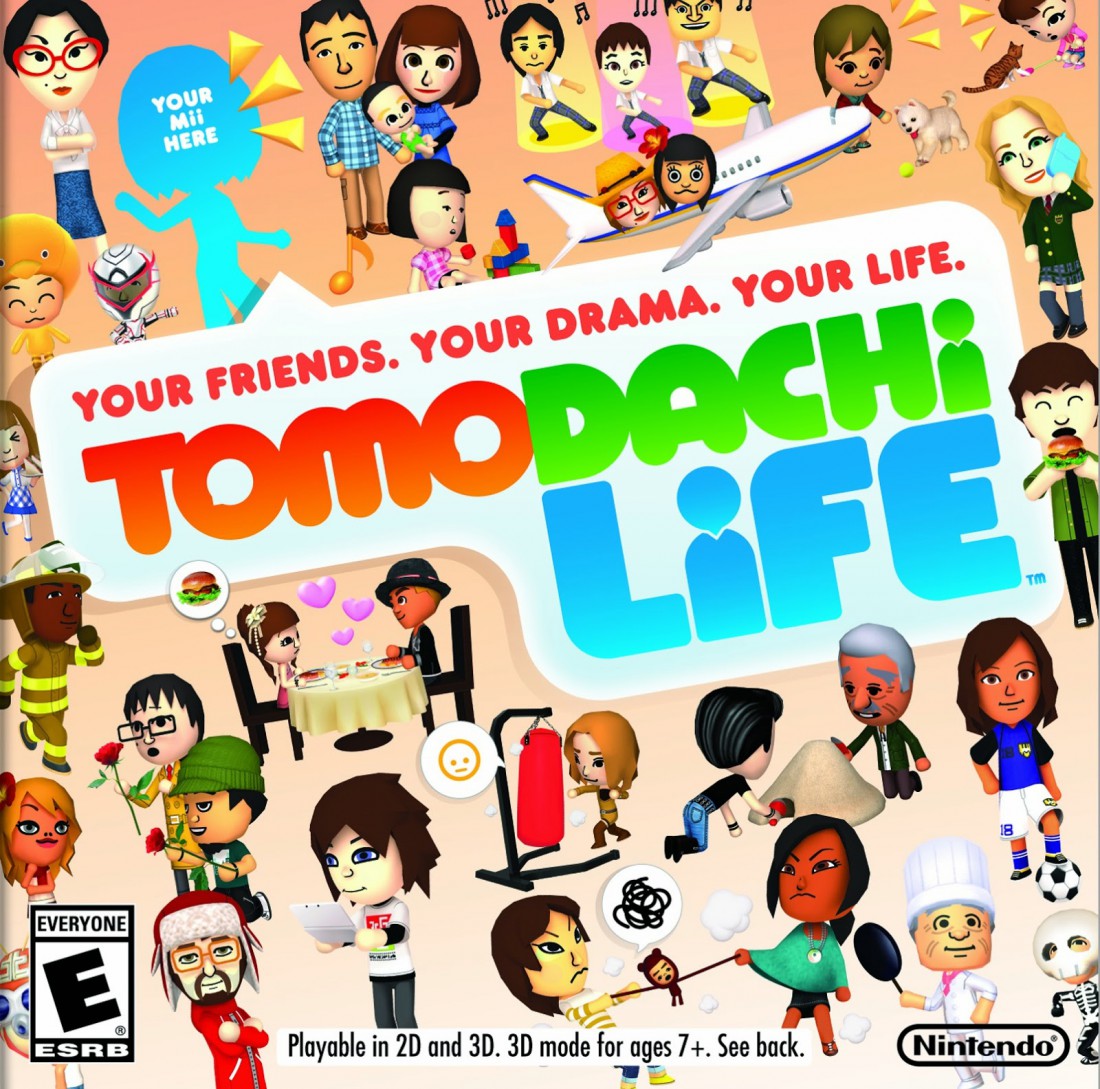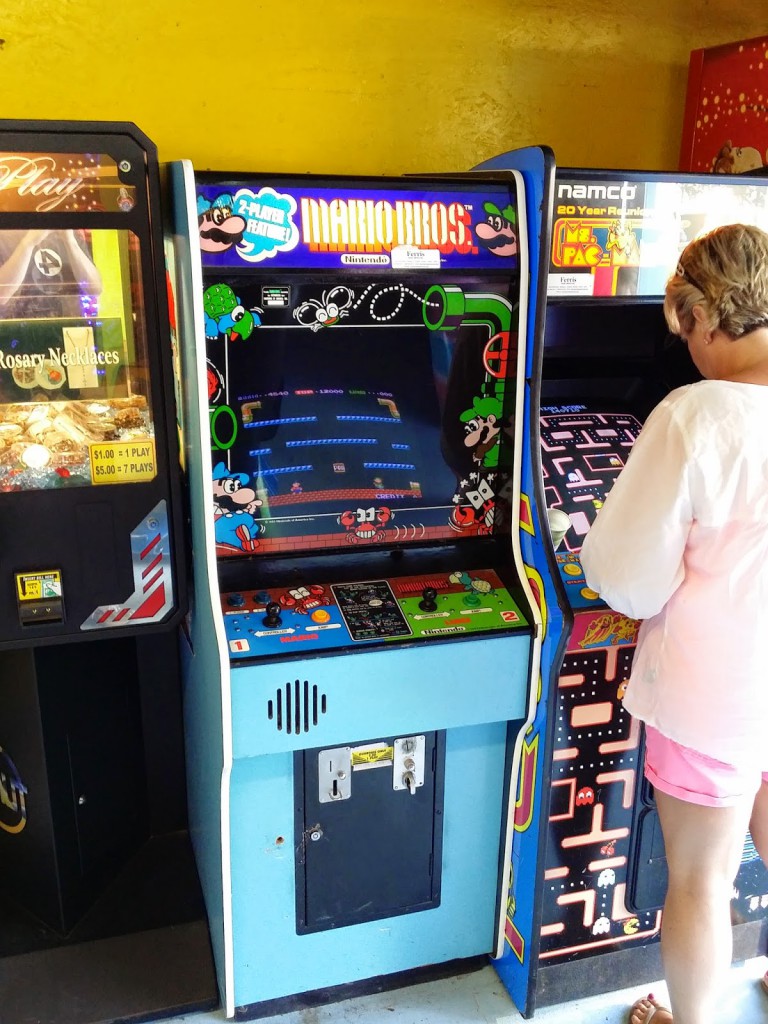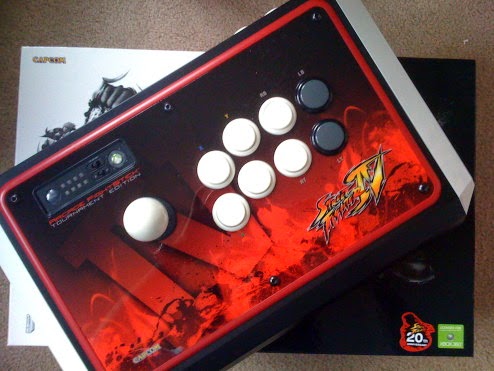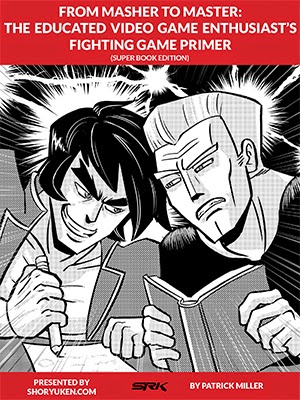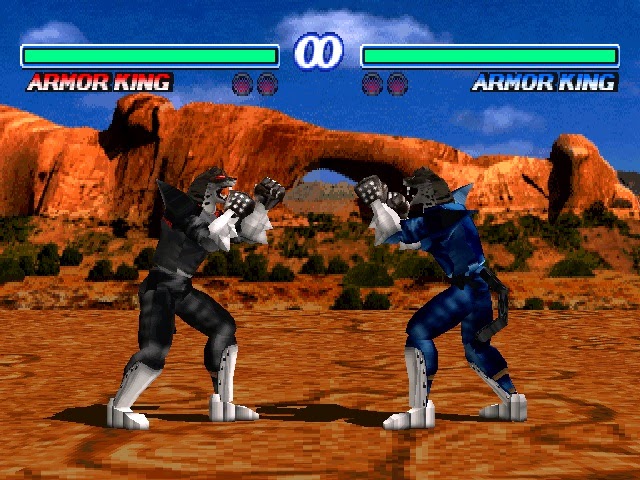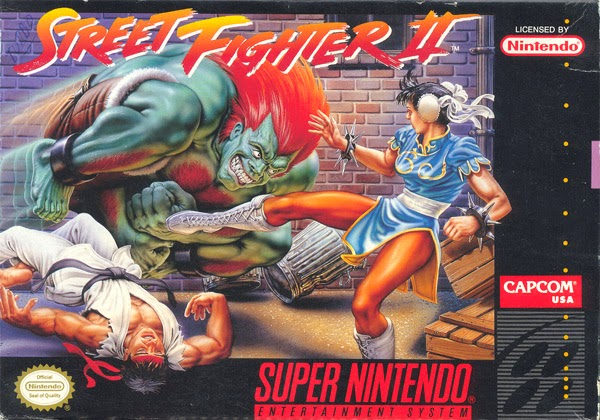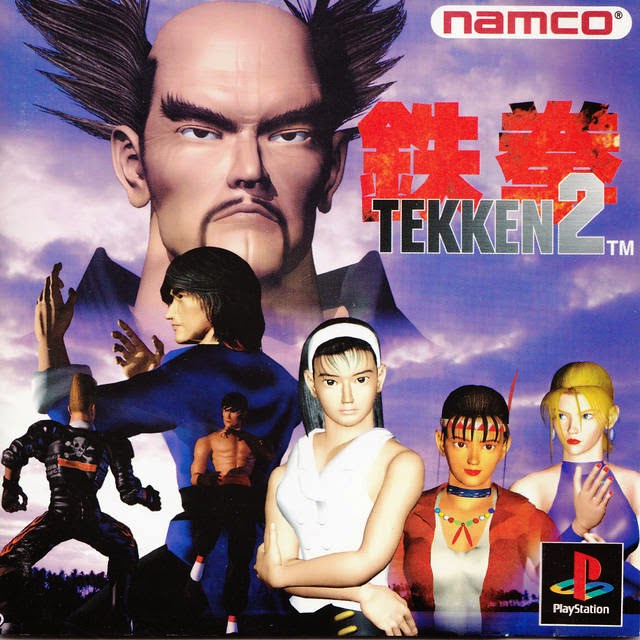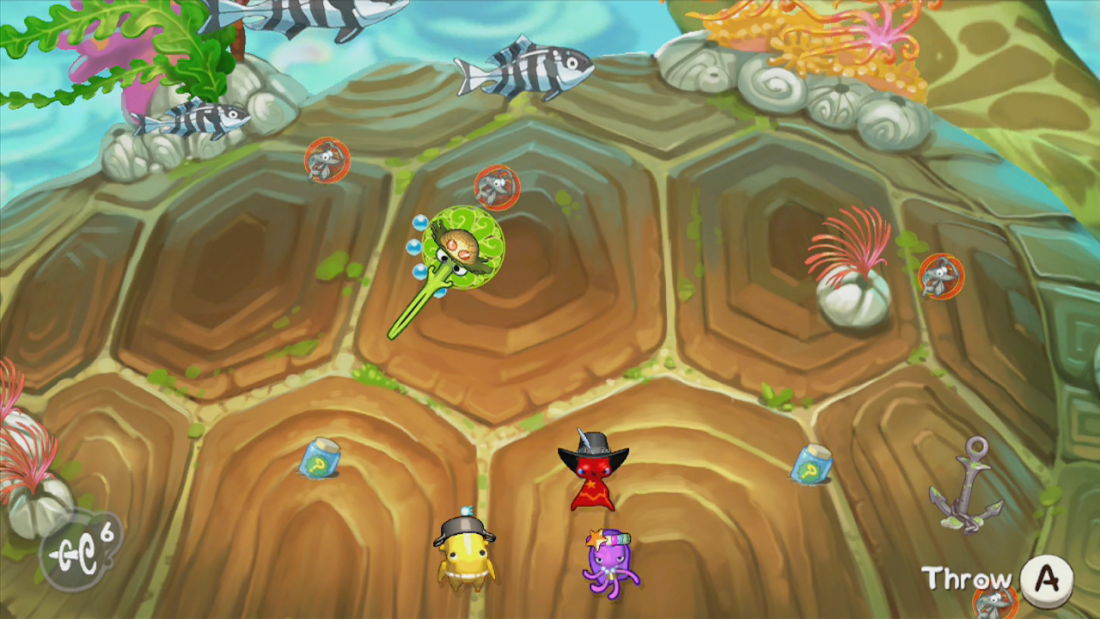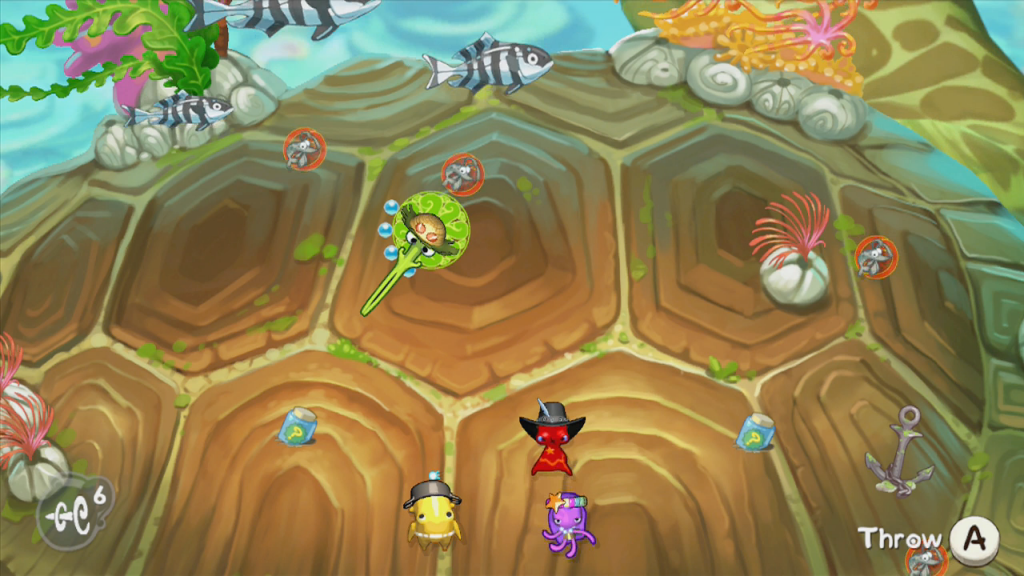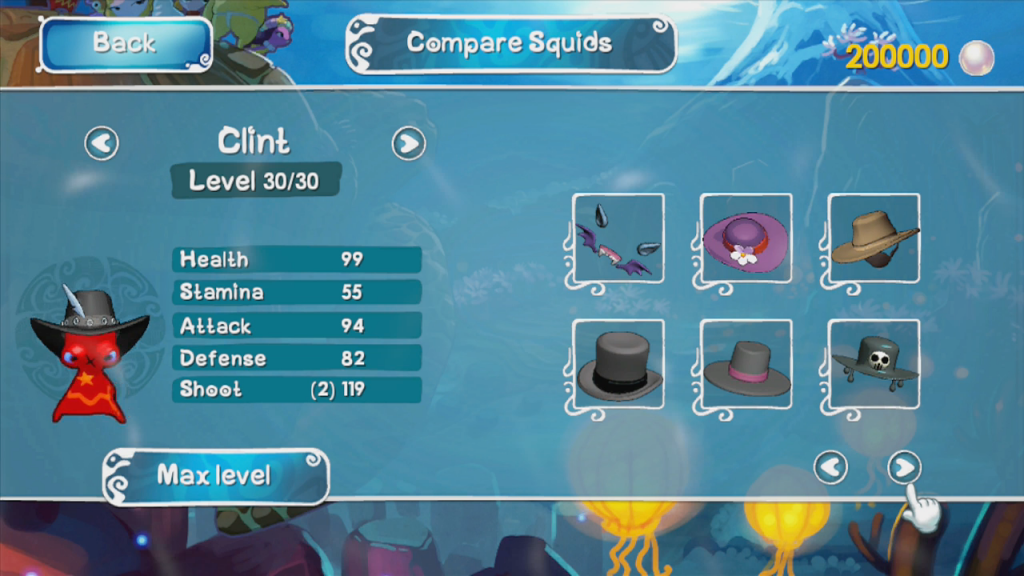Exiting the Tomodachi Life
Though I’m an online creature, I don’t think that the online version of me is radically different than the meatspace version of me that occupies the physical world. The same brain directs both versions of me, even though the brain has to adjust to how each version of me interacts with and receives feedback from its respective world. The same soul is reflected in how the digital and physical me interacts with the people who inhabit each world.
Since I never made a distinction between the digital and the physical me, I never saw the point of playing social simulations like The Sims, Animal Crossing, or Harvest Moon. Furthermore, the physical act of playing social simulations like The Sims or Animal Crossing seemed particularly tedious; there didn’t seem to be the type of feedback that more active games like character action-adventure games or sports simulation games or first person shooters can provide.
So, I was surprised at my own reaction to what I saw of Tomodachi Life, specifically when the Giant Bomb crew played it on an episode of their weekly show, Unprofessional Fridays. The game’s quirkiness appealed to me, and for a while, it kept me glued to the game on my commute to work every morning. One morning, I found that Jesus of Nazareth, whom I had invited to live on island, named Tummy Isle Island, had been arrested for adding hot mustard to foods around the island. No explanation was given for why Jesus had made this his mission, and the other residents of Tummy Isle Island had muted reactions to this news. Another morning, Jesus attempted to break the world record of facial distortion by stretching his face but failed by an inch. Did Jesus go on his hot mustard mission because he failed to break this world record, or was it because I fed him something that he didn’t like the day before? Another morning, one resident dreamed an ill-fated romance between a brownie and a stack of pancakes. On a different morning, another resident dreamed that he was a bobblehead on a dashboard of a car that was racing through a dark forest. One night, my own avatar dreamed that he was a snail crawling along a blank white floor. These snippets sound like gibberish when I recount them to anyone else.
Though quirky and kooky stuff have a fairly limited lifespan (I’ve seen the dashboard bobblehead dream multiple times from different residents, so it seems like something with which the game likes to populate its characters’ dreams), that wasn’t what ultimately caused me to finally put Tomodachi Life aside. Instead, it’s something that should seem impossible for a game that’s as theoretically personalized as Tomodachi Life: the feeling of homogeneity.
For a while, my game felt personalized enough that I wasn’t left wondering about the game’s nuts and bolts. The goal is to keep the avatars I’ve populated Tummy Isle Island with as happy as possible by meeting their essential needs (food, clothes, shelter, companionship). I populated my world with a mix of celebrities (Shaq, the Giant Bomb crew), my family members (my wife, son, brother, and sister-in-law), my friends, and fictional characters (Neon Genesis Evangelion‘s Rei Ayanami, Star Trek: The Next Generation‘s Geordi LaForge, Yotsuba&!‘s Yotsuba Koiwai, and Left4Dead‘s Zoey and Louis). Though I inserted my wife and me into the game, but there’s no obvious guarantee that they would become sweethearts and eventually husband and wife. (Except, if you think about the game’s logic, there is, but we’ll explore that later.) As in real life, my wife’s avatar proposed to me, and I felt awful when I botched my wife’s avatar’s proposal to my avatar by tapping the screen at the wrong time.
As time passes and I continue to solve the avatars’ problems, the avatars’ levels rise. I think my avatar is at level 14; Shaq’s probably at level 13. The game’s simulacrum breaks not from the fact that the avatars’ measure their growth in levels, but from the homogeneity that this mechanic forces upon the avatar. At each level, the player is forced to give the character a gift from a limited selection, a catchphrase for when the character is angry, happy, or sad, an apartment design again from a limited selection, a song from a limited selection of styles, or some pocket money from the player’s own in-game funds. In the physical world, I can’t rap or sing opera. But, my avatar in Tomodachi Life does because I simply ran out of things I could give him as he gained levels. The player is limited in the number and type of gifts we can give the avatars; almost all of the avatars, including Jesus of Nazareth, on Tummy Isle Island have cell phones I had to give them something, and Jesus didn’t seem like the type to have a punching bag. Similarly, my wife and I both rap, sing opera, have cell phones, and have the same apartment designs. The distinctions between characters gets filed down by the limited variety of things we can do when the characters level up. In order to keep the avatars unique, I can either give them pocket change that they won’t use from a pool I need to use to buy things to keep the avatars happy or homogenize them.
Once the game’s own obstacle to avatar growth became clear, I was given the mental space to wonder how and why my avatars formed their connections. It was fairly obvious why my wife’s avatar formed a relationship with my own avatar: we were the only avatars on Tummy Isle Island for a while. Oddly enough, neither avatar ever formed a connection with my son’s avatar, even though I had designated in the Mii Creator that he was our son. This left me in a weird position of wondering what happens when our avatars have a baby in Tomodachi Life when our actual kid’s avatar is already in the game and seemingly estranged from our avatars. And this doubt led me to where social simulation games die: GameFAQs.
The moment I’m tempted to open a guide to understand the game’s nuts and bolts, the game’s illusions are dispelled. And because the mini-games in Tomodachi Life are shallow, the mechanics of clothing and feeding the avatars shallow, and the lifespan of quirkiness fairly limited, I took the cartridge out of the 3DS XL that I ostensibly bought so I could play Tomodachi Life with a small sense of relief.

